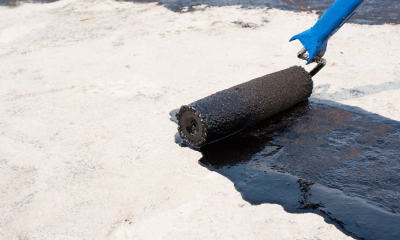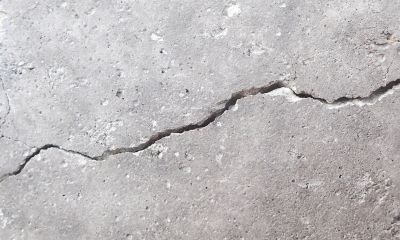One of the best methods for fixing corroded steel:
If left untreated, corroded steel has enough leverage to compromise the safety of a structure. Not only can corroded steel – (or rust) – taint the aesthetics of a building, it’s a well-known cause of structural weakening, which leads to cracks, spalling concrete and breakages. While there are several ways of treating corroded steel, the best method is usually decided by a structural repairs specialist following a thorough survey. Here, they’ll consider the severity of the corrosion and any consequential damage, which other building materials are present (e.g. concrete), and more. Here, we explore how to fix corroded steel within a concrete structure, by using concrete repair techniques to strengthen and reinforce.
What is corroded steel?
Corrosion of metals (like steel) happens when they’re exposed to chemicals, water, weathering, or ageing. Though it’s responsible for deterioration, corrosion is a process whereby materials are trying to morph into a more chemically stable form.
Fixing corroded steel within a concrete structure
Corroded steel is common within concrete structures (imagine a bridge or pier – there’s always rusting near the railings). Though, those small rusty parts cause costly problems if they’re ignored. The methods for fixing corroded steel usually involve preventative measures rather than replacing the steel elements altogether. Some structures can exist with corrosion and others can’t, it’s a risk that we wouldn’t personally take.
Types of concrete repairs solutions used to heal corrosion
Different concrete repairs and strengthening specialists use varying techniques. However, here are some solutions we commonly explore at CCUK when we’re presented with corroded steel.
Corrosion inhibitors
Inhibitors are chemical solutions that we use to slow down the rate of corrosion. Normally, this is the first method we’d try.
Cathodic protection (CP) & sacrificial anodes
Sacrificial anodes (or galvanic anodes) protect submerged structures from corrosion – like those underground or underwater. There are six types of anodes in varying shapes, and once the shape is established, they are fixed onto the side of the structure. Then, they work by `oxidising` quicker than the steel.
If you’ve got any questions on anodes, you can call us +44 (0)1482 425250. We’d be happy to talk you through this option!




